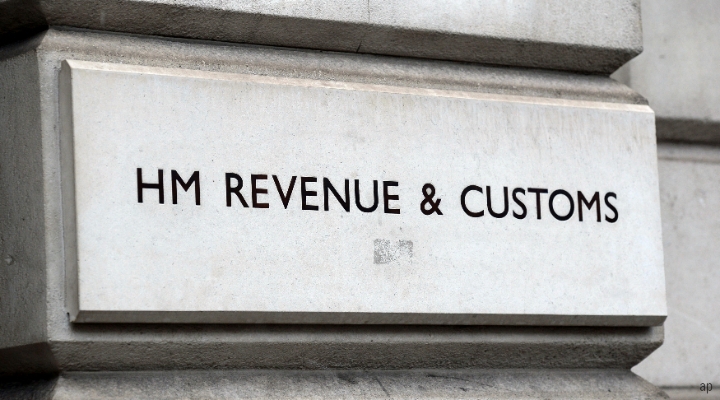Two years ago James Byrne did not have a penny in savings, and was struggling to pay his credit cards bills each month, but he has since overhauled his finances. Byrne, who is 30, says: “I wanted to be earning interest on my money, not paying it.”

I’m building my portfolio slowly with the savings I can afford to make

Byrne began by clearing his debts and started putting aside small sums each month. As a learning support assistant, on a relatively low wage, he says this has not always been easy, but two years later he is starting to see the rewards.
“I have a savings account, a stocks and shares ISA and a small portfolio of shares plus a modest investment in precious metals gold and silver.” He adds: “There might not be a lot in each, but they are making me money. I want to try and save more so I can increase these returns.”
Byrne uses Fidelity Personal Investing to put a fixed amount into an ISA each month. He says this is currently invested in Fidelity’s Multi-Asset Growth Fund.
This fund has a two-star performance rating from Morningstar. It aims to provide long-term capital growth by investing in a range of assets, including equities, commodities and property, with some exposure to bonds and cash.
He says: “I’m pleased with how my money has grown. It made me more interested in investing, so I have started to buy some individual shares directly to compliment this holding.”
Stock Holdings for Long-term Growth
Byrne says he has a two-pronged approach when it comes to his direct shares. Half of his money goes into shares that he hopes will be long-term holdings. These include National Grid (NG) and AT&T (T).
National Grid is involved in the distribution of oil and gas in the UK, but it also has US operations. It is seen as a solid blue-chip. According to Morningstar analysts the shares are currently slightly overvalued, trading at a premium to its fair value. The shares are up 14.4% over the last year, compared to a fall in the FTSE100 of 8.5% over the same period.
AT&T, listed on the New York stock exchange, is one of the biggest players in the communication and digital entertainment sector. Its share price has risen steadily since the start of the year and as a result is also considered to be overvalued by Morningstar stock analysts. It is rated a two-star stock, meaning it is trading at a premium to its fair value. Both National Grid and AT&T are paying an attractive dividend yield.
Riskier Bets for Short-term Gains
Byrne invests the other half of his share portfolio into what he deems to be riskier companies, which he expects to trade far more frequently. These include Sunpower (SPWR), a US solar power company listed on the NASDAQ stock exchange. This stock gets a two-star rating from Morningstar analysts, showing it is slightly overvalued at the current share price. He also has shares in BioAmber (BIOA), an industrial biotechnology company, that specialises in producing sustainable chemicals.
 He says: “I realise this is a bit more of a risky approach. But if I see a company which I think might be a good prospect I will by a small stake in it. We are not talking large sums at here, often it could be less than £50. I’m understand that they are not all going to do well, but one or two have to date posted good gains.”
He says: “I realise this is a bit more of a risky approach. But if I see a company which I think might be a good prospect I will by a small stake in it. We are not talking large sums at here, often it could be less than £50. I’m understand that they are not all going to do well, but one or two have to date posted good gains.”
In the last six months he says he made about 9% a month from this approach. “The only problem is its 9% of not very much, but I’m building my portfolio slowly with the savings I can afford to make.”
He adds: “Buying shares directly was a lot easier than I thought. I’ve invested through getstock.com. I’ve been able to buy UK and US shares and trade either online or over the phone.”
Bryne also dabbled in commodities, with a small direct holding in both gold and silver.
DIY Investing, Learning on the Job
In order to balance the risk in his portfolio, he has accumulated a modest pot of ‘rainy day’ savings with the Leeds Building Society. This is a fixed-rate account, so he is not tempted to dip into it.
Byrne added: “I didn’t know much about investments when I was growing up, and probably through that they were just for those who already had a lot of money. But I no longer think this is the case.” He says learned about investing from “the wealth of information online” and by reading a number of specialist books on the topic.
“I’m still learning as I go, but I’m in a lot better place now than I was a year ago. I am hoping that by investing small amounts on a regular basis I can build up a decent nest egg. I don’t own my own house yet, so I’m hoping that this may help me get onto the property ladder.
“It’s nice to think I am in now control of my money, rather than any debts getting out of control.”






























